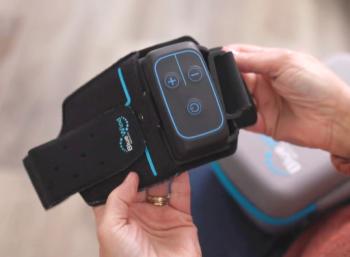
Only 45% of patients happy with their health insurance
Survey shows that patients want a lot more from their health plan than what they are getting
Research from health care software company
When asked what health plans can do to improve member satisfaction, respondents ranked the following the highest:
- Incentives and rewards for healthy behaviors
- Easy access to health records
- Access to providers who offer care based on member preferences and personal traits
- Good
customer service - Tools or information to help members find less costly care
The report notes that consumers have more choices in health care than ever before, and competition has never been steeper. Consumers are also accustomed to the highly personalized digital convenience of the retail world and expect the same level of service from health care.
“Market dynamics are creating a perfect storm for payers — one that requires a renewed focus on personalizing member experiences and improving member satisfaction,” said Christine Davis, senior vice president of marketing at HealthEdge, in a statement. “Forward-thinking health plans are adopting modern technology solutions that enable greater access to meaningful data, omni-channel engagement capabilities, and more personalized care management strategies to meet the onslaught of challenges in today’s health care landscape,”
Modern care management platforms enable care managers and providers to tailor care plans to member needs. Care teams with access to data on social determinants of health — such as housing instability, food insecurities and transportation barriers — can identify risks and connect members to the support they need to follow care plans and live healthier lives, according to the report.
When these and other digital transformations occur, this leads to lower costs, higher quality, and better outcomes, improving healthcare for payers, providers and patients, according to the researchers.
Dual-eligible plans, designed for people who qualify for both Medicare and Medicaid, appear to have the highest member satisfaction. Responses suggest 18–24-year-olds are four times more likely than other age groups to prefer communicating with health plans in digital ways, such as texting and mobile app messaging.
“For this on-the-go, mobile-everything population, convenience isn’t an option — it’s a necessity,” Davis said. Responses from participants age 65 and up imply older members prefer outreach through more traditional channels, such as phone calls and emails.
The
Newsletter
Stay informed and empowered with Medical Economics enewsletter, delivering expert insights, financial strategies, practice management tips and technology trends — tailored for today’s physicians.














